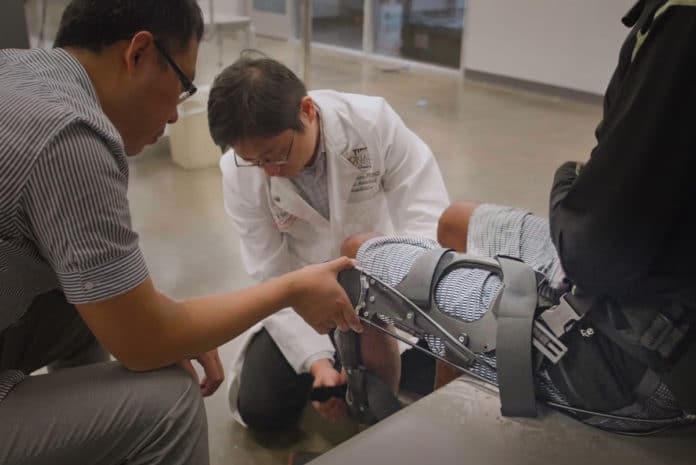There are already many exoskeletons available that give the wearers additional “strength” and reduce the strain on hard physical work. But there are others – designed just to help people with disabilities to move around normally.
Researchers at the City University of New York, City College (CCNY) and the Center for Medical Sciences at the University of Texas at Houston (UTHealth) are developing a new exoskeleton that is much lighter and more accessible than other current versions on the market.
The exoskeleton is mainly intended for use by older people who are faced with the problem of long walking. According to the Journal of Public Health reports, 32% of adults aged 65 years and older find it difficult to walk around three city blocks.
Most conventional exoskeletons are typically heavy, bulky, and expensive. According to scientists, their prototype is approximately 60% lighter than commercially available exoskeletons. It uses built-in motors that provide an electrical impulse for walking. Its engines are activated directly due to the movements of the user’s legs, so walking is natural.
“In addition, our model is run by the user, not the robot. Wearers aren’t forced to walk in a pre-defined path,” said Dr. Gerard Francisco, head of the department of physical medicine and rehabilitation at McGovern UTHealth Medical School.
At the moment, researchers plan to test the prototype on seniors with posture and walking problems. It is hoped that the final version of the device could be worn under the wearer’s clothing. This wearable robotic system could improve the quality of life of the elderly and people with mobility problems in the community in the future.
